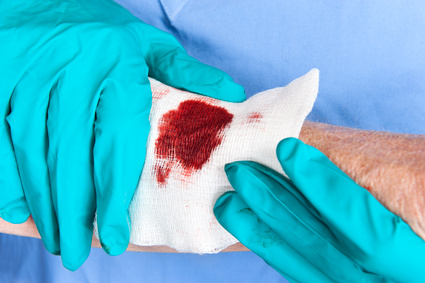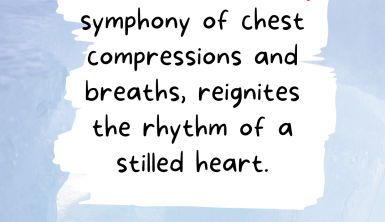What is first aid? Accidents and injuries happen frequently, and at any time, and when they do, it is important to know how to treat them. First aid is the initial treatment given to an injury or illness before further treatment by medical professionals.
For those wondering what first aid is, first aid covers a variety of methods to treat medical issues, and people everywhere should familiarize themselves with how to give it.
When to use first aid
You can administer first aid for any number of medical issues that range from a simple cut to a major life-threatening illness. Upon noticing that someone has an injury or illness, you should quickly assess the situation. If the issue is minor, you can treat the afflicted area with a first aid kit or some type of medicine. Even ice can provide first aid for bumps, bruises, and other injuries. Standard first aid kits normally contain things to initially treat and protect injuries as well as basic medicine.
First aid can also mean more intensive treatment such as using the Heimlich maneuver on a choking victim, administering CPR to someone that has quit breathing or does not have a pulse, and even using an AED to regain a heartbeat. Other forms of first aid can include using an Epipen for a life-threatening allergic reaction and even using Narcan for a suspected overdose of opioids. Whether it is a bandage or an attempt to save a life, first aid can help treat and stabilize medical issues, and can even save lives.
Types of first aid
Basic minor first aid requires treatment with supplies found in most first aid kits. In a kit there should be bandages, gauze, scissors, medical tape, burn cream, butterfly stitches, and some type of fever reducer/pain reliever. If the first aid kit is more advanced, there are more items that cover more scenarios. As previously mentioned, there might be an Epipen and Narcan as well as items to make a tourniquet or even a tracheotomy kit.
Cuts and scrapes require thorough cleaning with an antiseptic solution and then a clean bandage or dressing to prevent dirt and debris from entering the wound. If there is an incident involving a burn, you must first assess the situation and determine the extent of the burn. A simple red area is a first-degree burn and only requires burn cream if the patient is uncomfortable. First degree burns are most common as a sunburn. A second degree burn is a blister and turns red. Do not pop the blister, but cover the area to protect it and see a medical professional if it is very uncomfortable. Beyond a second degree burn, the victim should remain calm and seek medical treatment.
If the skin is black or missing have the victim lie still and do not touch the affected area. Wait for help to arrive to treat the area. If you suspect a victim is having a heart attack or a stroke you should try to get them to lie still and call 911 if they are alert. If they become unconscious you should check their breathing and pulse. If they are not breathing or do not have a pulse, you should begin CPR and call 911 immediately.
Administer CPR
Many different situations can arise at any time that requires you to administer CPR. If you have not yet learned these techniques, you should learn them immediately because you never know when you could save a life.
If you are busy or don’t have a conventional schedule, there is no need worry. We offer online CPR certification courses that are informative and comprehensive to teach you the most up to date techniques without having to commute.
First aid treats a variety of injuries and illnesses whether it be a simple injury or a serious life threatening condition. Know how to administer CPR for any situation that may occur so you can save a life.







